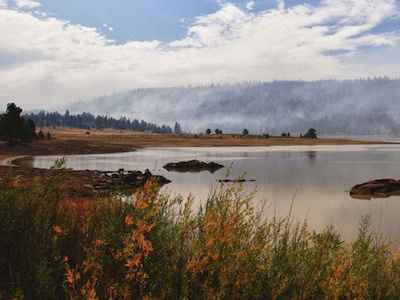American black bear

QUICK FACTS
Latin Name: Ursus americanus
Status: Least concern
Range: North America
Diet: Vegetation, carrion, honey, insects, larvae, ungulates
Weight: 240 pounds
Length: 4.5 feet
About the american black bear
The American black bear is North America’s smallest and most widely distributed bear with a population estimated to be twice the size of all other bear species combined. In addition, it is the only bear besides the brown bear considered to not be threatened by extinction.
American black bears typically live in relatively inaccessible areas with thick vegetation and plentiful edible materials however, due to their large range, the climates black bears live in can be quite different from one another. The black bear population in the United States is estimated to be 339,000 to 465,000 and is considered stable or increasing.
Black bears are extremely dexterous and can open screw-top lips and door latches. They are also extremely strong and agile, having been known to flip 300 lb. rocks with a single paw and run 30 mph. Lastly, they have better eyesight and hearing than humans and have a sense of smell seven times greater than a dog’s.
Despite their name, black bears can be a variety of colors. From white to blond to cinnamon to dark brown. About 70% of black bears are actually black.
The majority of the black bear’s diet consists of insects and their larvae however, up to 85% of their diet can consist of vegetation. When hunting mammals, black bears usually try to sneak up on their prey and then target the sickly animals in a herd. Black bears sometimes even steal animals from human hunters.
For more information: National Park Service
Photography: Image #1 – USFWS, Image #2 – USFWS







